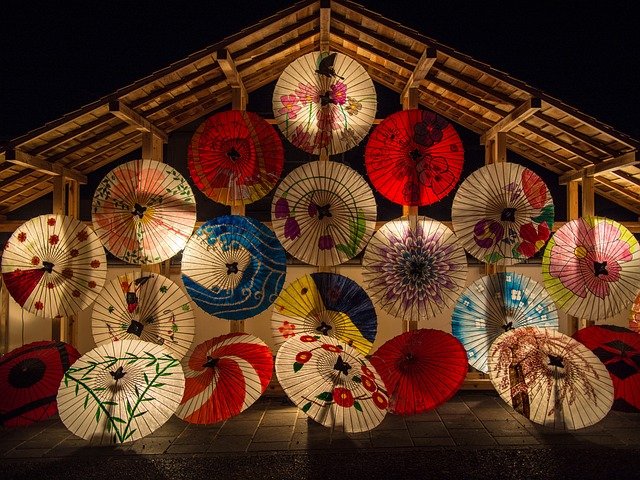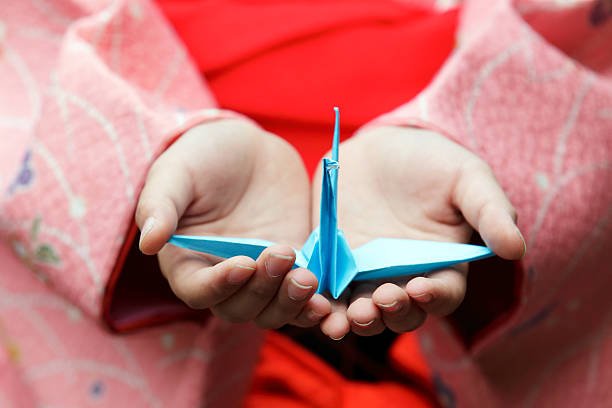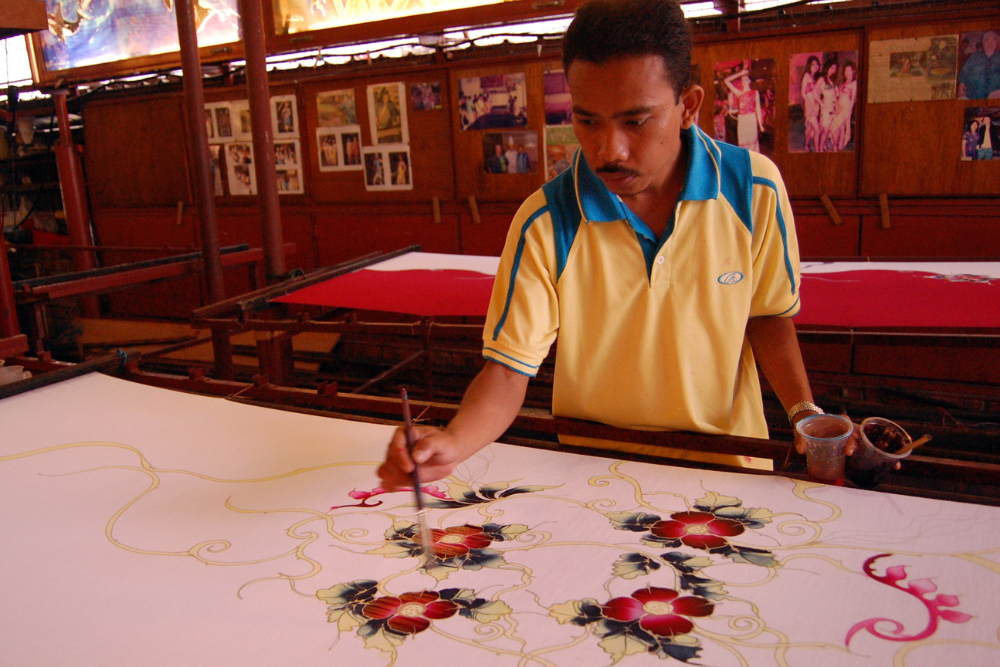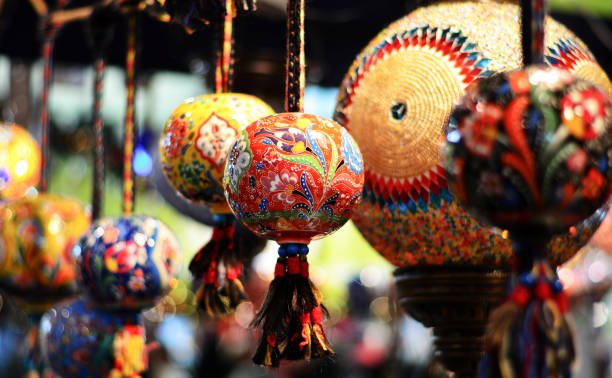Uncover the history and cultural significance of origami, Japan’s traditional paper art. Explore its origins, evolution, and the deeper meanings behind this intricate craft.
Introduction:
Origami, the traditional Japanese art of paper folding, is more than just a craft; it is a profound expression of culture, creativity, and precision. From its humble beginnings in ancient Japan to its modern-day global appeal, origami embodies the Japanese values of simplicity and harmony. Let’s delve into the history and cultural significance of this timeless art form.
1. The Origins of Origami
The history of origami dates back to the 6th century when paper was first introduced to Japan by Buddhist monks. Initially, folded paper was used in religious ceremonies, symbolizing purity and sacredness. Over time, origami transitioned from a ceremonial practice to an art form enjoyed by people of all ages.

2. Evolution Through the Ages
During the Edo period (1603-1868), origami gained popularity as a recreational activity. This era saw the creation of many classic designs, such as the crane, which remains a symbol of peace and longevity. The publication of origami books during this time helped standardize folding techniques and spread the art form across Japan.
3. Symbolism in Origami
Origami is deeply rooted in Japanese culture and symbolism. The crane, for instance, is believed to grant wishes and bring good fortune. Folding 1,000 paper cranes, or senbazuru, is a traditional practice for expressing hope and healing. Origami designs often carry meanings tied to nature, spirituality, and celebrations.

4. Modern Origami
In the modern era, origami has transcended its traditional boundaries to become a source of inspiration for science, engineering, and design. From creating intricate sculptures to solving complex engineering problems, origami principles are being applied in innovative ways. Artists like Akira Yoshizawa have elevated origami to new artistic heights.

5. Cultural Significance and Global Appeal
Origami continues to be a cherished part of Japanese culture, taught to children as a way to develop patience and creativity. Its global appeal has led to international origami societies and exhibitions, showcasing the art’s universal language. Whether as a meditative practice or a creative challenge, origami connects people across cultures.
Conclusion:
Origami is a testament to Japan’s ability to transform simplicity into profound beauty. Its history, evolution, and cultural significance make it a cherished tradition that continues to inspire people worldwide. Whether folding a simple crane or crafting a complex design, origami invites us to find joy in the art of creation and the beauty of transformation.












